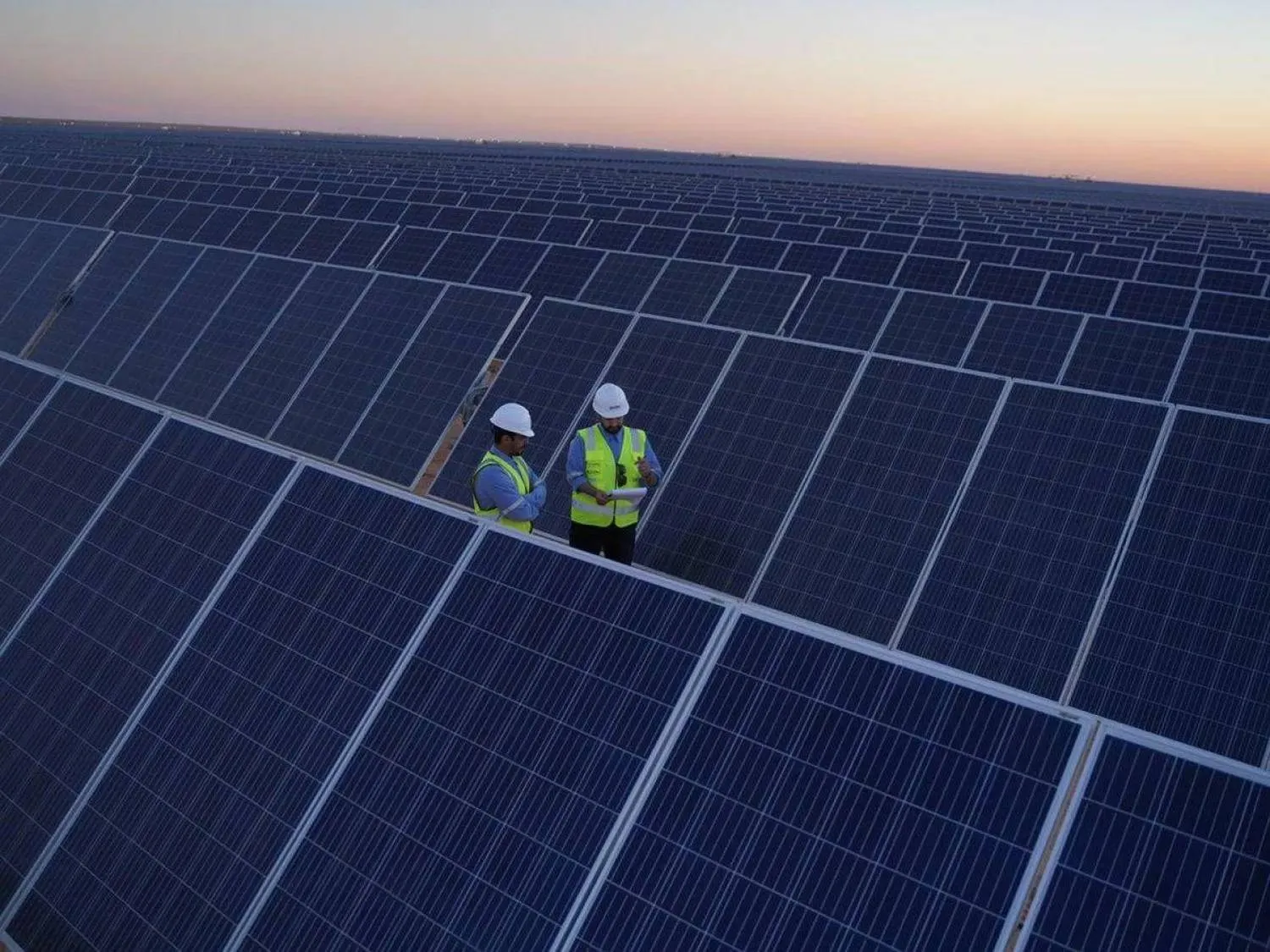Nissan Motors President and CEO Makoto Uchida stressed that the Middle East boasts major potential in the automotive industry, revealing that he was seeking greater dialogue with the Saudi government to secure a stronger presence for his company.
In an interview with Asharq Al-Awsat on the sidelines of a recent visit to the region, he expressed his admiration for Saudi Arabia’s Vision 2030, saying there was a lot of potential in the Kingdom.
Several influential parties are becoming involved in the automotive industry around the world. The challenge lies in how to achieve growth in regions “where we can showcase our strengths. I believe the Middle East is one of those regions,” he added.
The Middle East has a lot of potential for growth, he stressed, while underscoring the importance of sustainable growth.
At the same time, Uchida said he always felt a deep sense of historic connection between Nissan and the region.
The company’s success can be attributed to a strong network of distributors and trust on the government level, he went on to say.
Moreover, he noted the major change in the industry worldwide, underlining the importance of working towards a net zero future. This is a major responsibility for Nissan.
However, he noted that the industry has grown more fragmented. “Before, we had a more global model, whose main hub used to be Japan. Now, we have branched out to the United States, Europe, the Middle East and other regions. Each region is moving according to its own beat.”
Uchida added that Nissan boasts 6.5 percent of the market, a figure the company is aiming to increase.
He highlighted Nissan the Arc plan that aims to raise value and bolster competitiveness and profitability. Five new SUVs will be introduced to the region.
Uchida said that maintaining sustainable work is a challenge, but he remains optimistic. “We are capable of achieving more, especially given the cooperation we have with strong partners in the Middle East and Saudi Arabia. We are keen on further exploring those opportunities,” he remarked.
On the choice to unveil the latest Nissan Patrol model in Abu Dhabi, he said it was due to the importance of the region and the history of the Patrol enjoys there.
It was only logical to unveil the seventh generation of the vehicle in the Middle East, he went on to say.
On his plans and strategies since taking the helm in 2019, he cited the major challenges that Nissan encountered inside the company and in general, including the Covid-19 pandemic that forced many companies to adapt to a changing work environment.
It was evident that the industry was never going to be the same. So, it became necessary to move and adapt rapidly, he explained. The need to change and adapt and adjust to the demands of the future was witnessed in several regions, including Saudi Arabia.
The ability to act rapidly has become a necessity to achieve success, Uchida said.
He also spoke of rapid developments brought about by technology, such as Artificial Intelligence and self-driving vehicles. They will have a greater role much sooner than expected.
“Our goal at Nissan is to successfully steer the company during this period of change while preserving our progress and maintaining our growth and prosperity,” he stressed.









